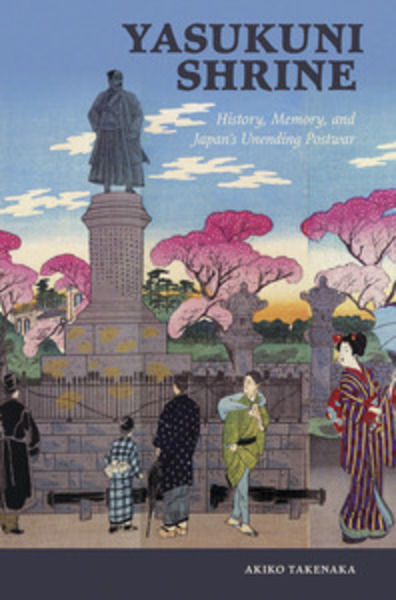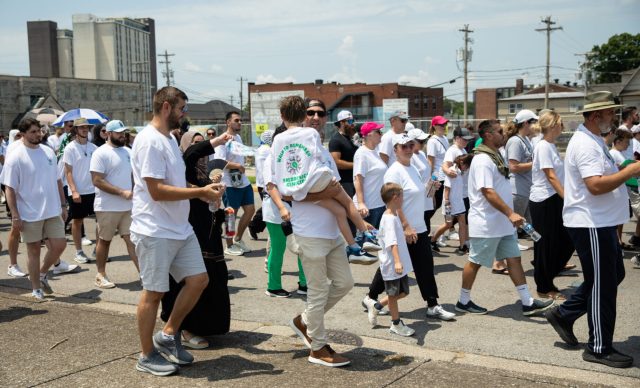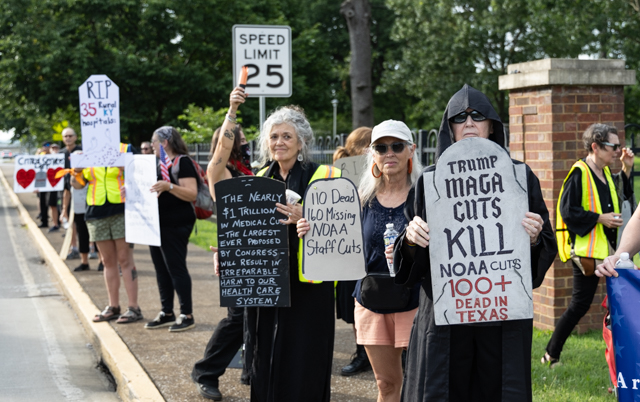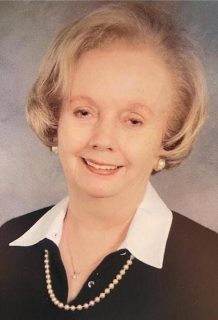‘Shrine’ takes on controversy
Published 12:00 am Sunday, November 8, 2015

- sunread_book_shrine
“Yasukuni Shrine: History, Memory and Japan’s Unending Postwar,” by Akiko Takenaka. Honolulu: University of Hawai’i Press, 2015. 278 pages, $57 (hardcover).
Dedicated to the spirits of Japan’s war dead, Yasukuni Shrine remains one of the most controversial places in Japan’s modern history.
Trending
A Shinto shrine located in the center of Tokyo, it was originally built in 1869 to memorialize the souls of men who fought for the emperor against the Shogunate. During the Asia-Pacific War, the Japanese military propagated the belief that war death and the resulting enshrinement at Yasukuni was the highest honor one could achieve. Through elaborate Shinto rituals, one became a hero and a god.
Yasukuni has created heated controversies since 1978, when 14 Class A war criminals were quietly enshrined there.
For many Japanese, Yasukuni Shrine honors their fallen husbands, sons and fathers, and the shrine is a place for mourning. It commemorates the Japanese who sacrificed for the country.
However, in the eyes of many East Asians who were victims of Japanese imperialism, Yasukuni is a symbol of Japan’s militarism and oppression, evoking painful memories.
Together with “comfort women,” the Nanjing Massacre, and Unit 731 biological experiments performed on Chinese civilians, Yasukuni is seen as another example of Japan’s unsettled war responsibilities, unrepentance towards its colonial past and its re-emerging right wing ghost.
Yasukuni is a political problem deeply intertwined with both Japan’s domestic politics and with its East Asian neighbors. Japan’s Liberal Democratic Party has strong ties with Yasukuni Shrine, and politicians’ visits there often coincide with election season. Chinese and Korean governments have repeatedly protested against Japanese prime minsters’ visits, leading to worsening of diplomatic relations and even anti-Japanese sentiments.
Trending
Professor Akiko Takenaka, a historian at University of Kentucky, reminds us that Yasukuni has a long history of its own dating back to the early modern era and includes many facets. She distinguishes three components of Yasukuni: the belief, the site and the issue. Instead of being a singular, static entity, she shows how the meanings and interpretations of the Yasukuni Shrine vary according to agents and have changed over time. Yasukuni exists not only as a belief and political problem, but also as “a physical space, object of visual and spatial representation and site of spatial practice.”
What was the war death experience like for the dead and their families? Using various sources such as photo albums, newspaper articles, memoirs and interviews of family members and shrine personnel, Takenaka traces a 20-year-old soldier’s journey who died six months into the war. The subsequent elaborate process includes cremation, return of the ashes, local memorial services and, finally, Yasukuni enshrinement.
Takenaka shows how grief, a private and intimate matter, was turned into a national event. Elementary schools, neighborhood associations, local veterans groups and women organizations participated in what she calls the institutionalization of grief.
Organized groups transformed funerals into spectacles by singing military songs and parading in victory celebrations.
Families were taught how to respond to war death properly. A mother expressed gratitude rather than sadness. Media reports removed all comments of anger. War death in a family was an occasion for pride and joy, rather than grief or sorrow. The example reminds us that public mourning is as socially constructed as being natural or universal.
If during the war bereaved family members had to conform to behavior codes and perform acceptable emotional responses, do they possess proper or exclusive rights to mourn in the post-war era? Can family members remove names of the dead from the shrine register, keeping them from being collectively memorialized?
In 1968, one Japanese Christian priest requested that the names of his two older brothers be removed from the Yasukuni register. Buddhist families protested in the 1980s on a similar issue. Lawsuits have been filed by both Japanese and non-Japanese nationals. Close to 1 percent of those enshrined at Yasukuni are Korean. Koreans and Taiwanese were colonial subjects under the Japanese rule, forced to join the Japanese military, and subsequently enshrined without their families’ consent or knowledge.
To these opponents, it is an abuse to collectively honor these victims of the Japanese imperial state as a heroic spirit, and the shine’s control of their spirits must be discontinued. They ask, “What rights does Yasukuni Shrine have?” and appealed to their freedom of religion. During the American occupation era that followed the war, the supreme commander of the Allied powers, led by Gen. Douglas MacArthur, dismantled the State Shinto and prohibited the Japanese state from participating in religious activities.
Yasukuni Shrine, made a private institution since the end of the war, rejected such requests of removal. The court ruled that the plaintiffs did not have a right to deny enshrinement of their family members, and “Yasukuni Shrine was operating within its own right to freedom of religion.”
Since no consensus seems possible, some have proposed radical alternatives such as demolishing the site or building a completely new war memorial. To Takenaka, these only deal with Yasukuni as a physical space, but not with its belief or problem.
Questions remain. How to remember those who fell in a wrongful war? Overall, “Yasukuni Shrine,” like the Vietnam Veterans Memorial, is a war memorial. Would Yasukuni and these families’ reactions to it be different if Japan had not lost the war?
Overall, “Yasukuni Shrine: History, Memory and Japan’s Unending Postwar” provides a glimpse into the making and transformation of modern Japan. It played a key role in building Japan’s national identity during the war era, and continues to shape the identities of post-war Japan, its Asian neighbors and the world we live in today.
— Reviewed by Chunmei Du, Department of History, Western Kentucky University
— Editor’s note: Akiko Takenaka will be the featured speaker in WKU’s “Far Away Places” series at 7 p.m. Thursday at Barnes & Noble Booksellers on Campbell Lane, with a book signing to follow.






